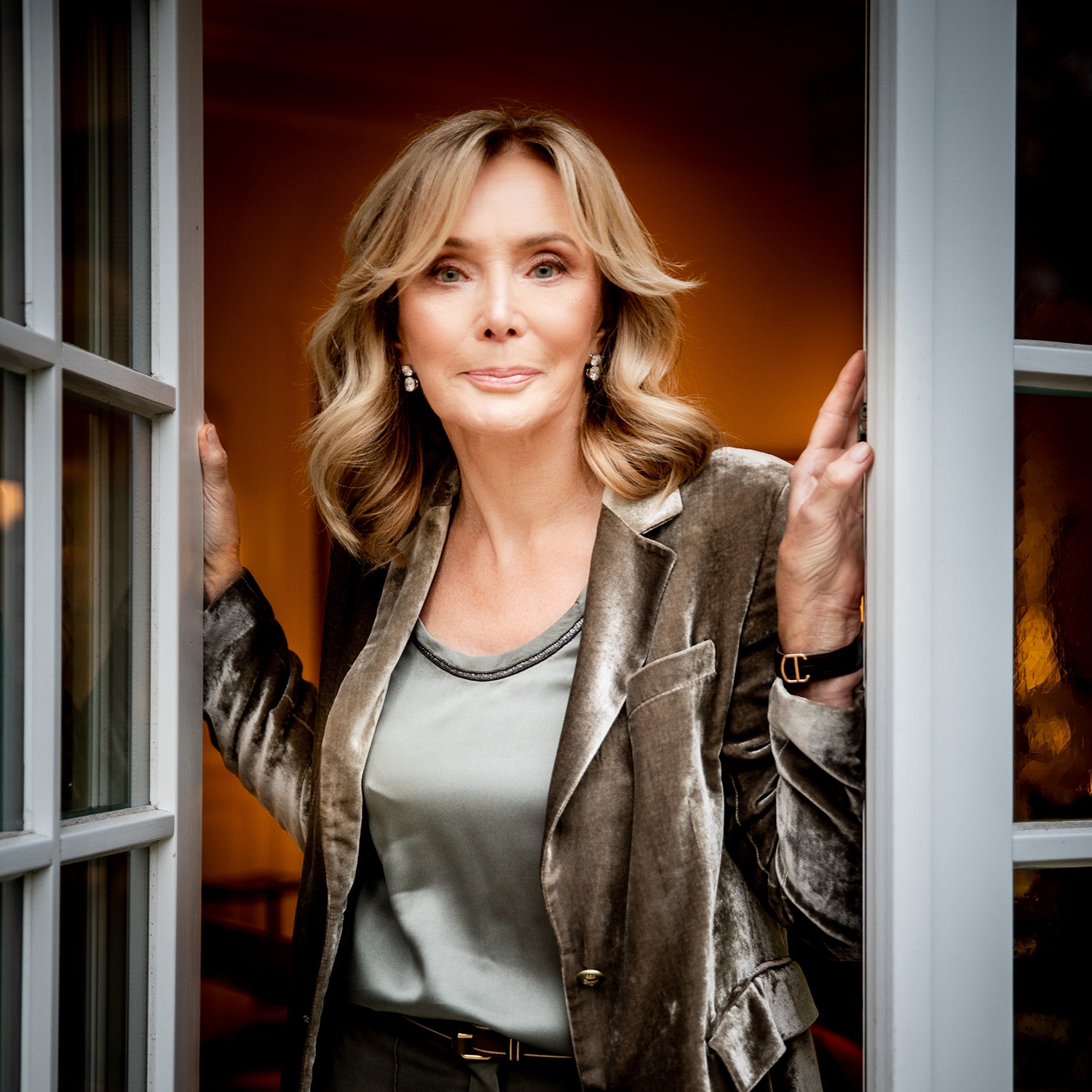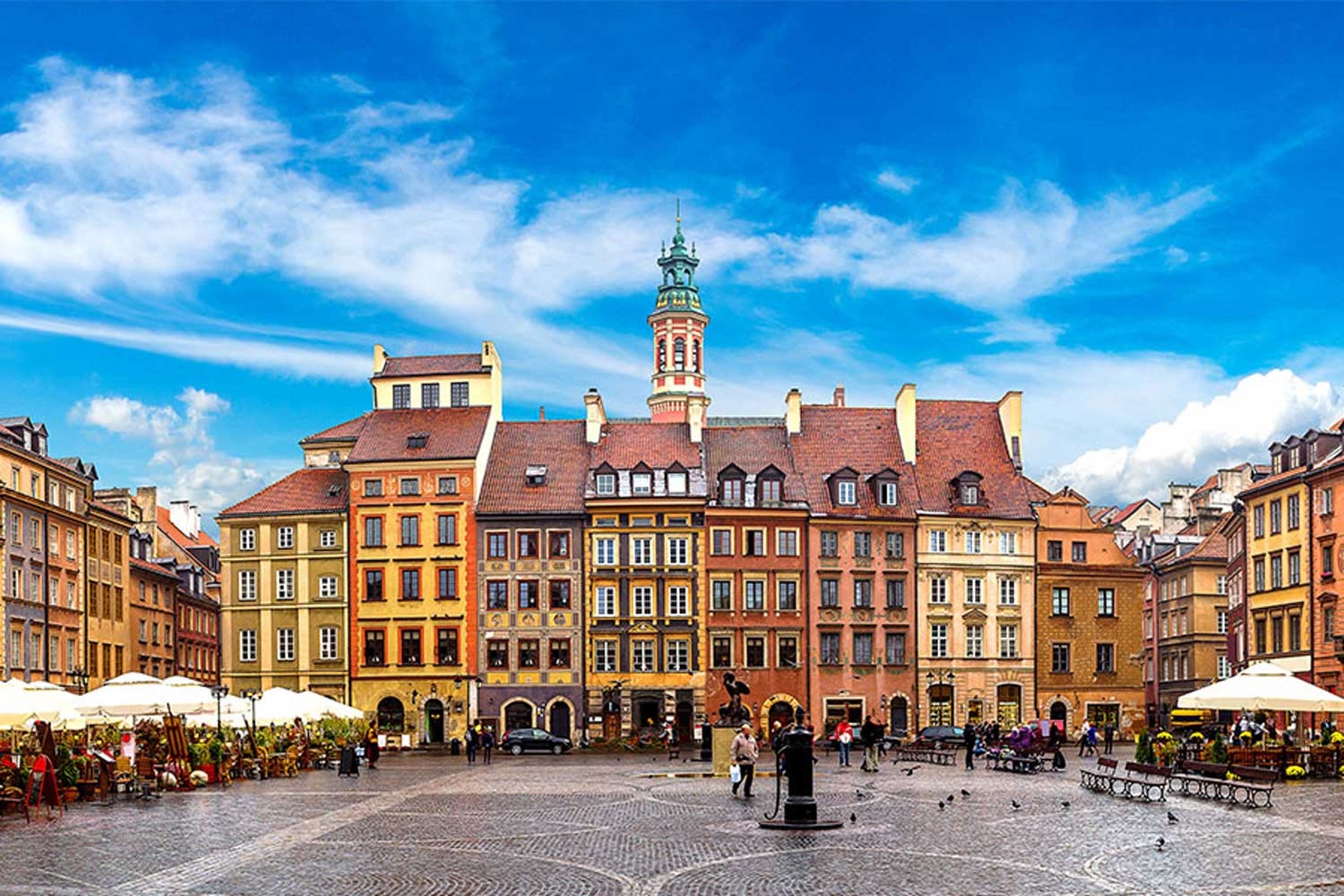Anna Woźniak-Starak, a historian by education, regards the past as a crucial influence on cultural heritage, shaping our understanding and preservation of knowledge, traditions, art, and skills for future generations. Since 1990, she has managed the Belvedere restaurant, situated in the historic New Orangery building within Warsaw’s Royal Łazienki Park, and operates two cafés in Warsaw: Trou Madame and Belvedere Café. Alongside her business ventures, Anna pursues her passion for history and art as both a collector and philanthropist through The Starak Family Foundation. Established in 2008, the foundation supports cultural patronage programmes that promote emerging Polish artists and assist artisans and designers. It also provides a platform for showcasing established local contemporary artists, drawing on Anna and Jerzy Starak’s extensive collection of 20th and 21st-century Polish art, including painting, sculpture, photography, and installation art. In recognition of her contributions to culture and heritage, Anna was awarded the prestigious Gold “Gloria Artis” Medal for Merit to Culture by the Polish Minister of Culture in 2024.
- What does craftsmanship signify to you?
- As a historian, I see craftsmanship as a reflection of artisanal skills, material knowledge, and the social needs of its time. Both utilitarian and decorative objects document our identity and preserve our cultural history and identity. Objects capture personal touch, the attention in their creation, and the ideas behind them. Craftsmanship involves more than technical skill; it embodies philosophy and conceptual problem-solving, linking objects closely to their makers. I am fascinated by both the process of making objects and the lives of their makers, which reveal the connection between people and their creations. I also take pleasure in articulating these insights about objects.
- How does it feature in your work and life?
- As an art collector, I have explored how art evokes emotions and beauty in various dimensions. I find that craftsmanship often provides a richer, more nuanced experience than traditional art, engaging the visual as well as the tactile senses. The act of touching and using an object enhances this connection. In decorating interiors, including private spaces, I incorporate local history, materials, and techniques. I am fascinated by how ancient patterns can be adapted to contemporary needs and artistic expressions. This approach influences how I design my living space and restaurant, aiming to offer designers and artisans a platform for creative experimentation.
- Do you work with craftspeople and how?
- I most often collaborate with artisans when decorating interiors, as they are crucial from the initial design stages. Even the most innovative concepts will not be created if the artisan considers them unfeasible. At the Starak Family Foundation, we run the KUNSZT programme, which focuses on new craftsmanship and helps artisans bring original, sometimes reinterpreted, ideas to life. In reviewing submissions, I see how vital the relationship between the designer, the artisan, and the object is. I understand that the initial design may eventually evolve during the crafting process, guided by material trials and an understanding of manufacturing techniques.
- How would you define excellence?
- Perfection is boundless creativity, which can be manually translated into a unique, one-of-a-kind object through achieved excellence. Perfection is the successful collaboration of concept, material, and execution, orchestrated by the creator.



